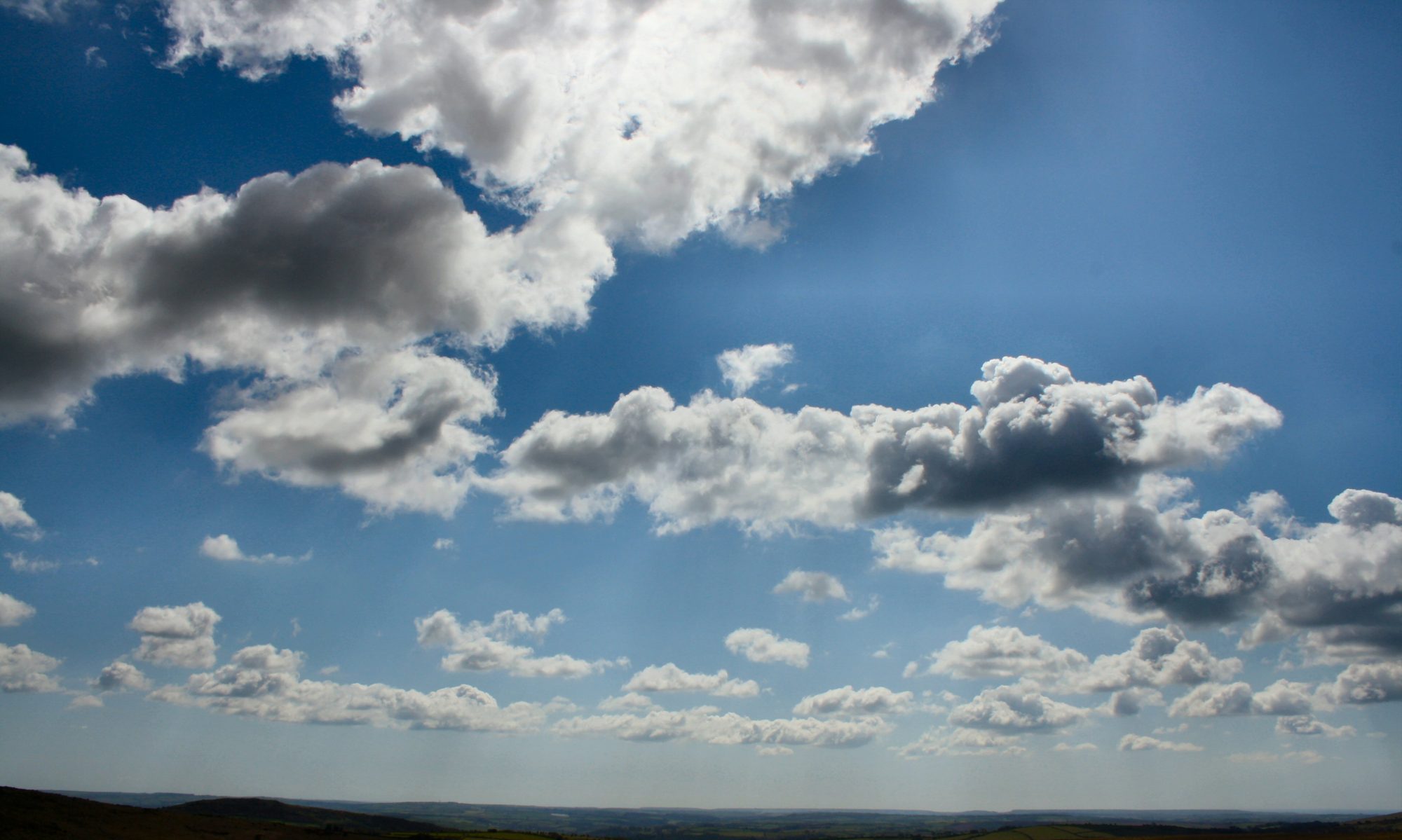The hawk-moths are a group of large, colourful, charismatic moths that are well known for having caterpillars with prominent ‘horns’ that are used to deter predators.
Eighteen species of hawk-moth have been recorded in the UK, only nine of these, however, are resident in this country, the others only occur as migrants from overseas. Within the parish I have recorded the presence of nine species, six resident and three migrant. The three migrant species consisted of a Convolvulus Hawk-moth from 2020, a Striped Hawk-moth from earlier this year and several Hummingbird Hawk-moths. Both the Convolvulus and Striped Hawk-moths arrived during periods of prolonged southerly wind which will have assisted them in traveling to this country from continental Europe and the latter of the two species was taken during a large national influx where several hundred were recorded across the country including many from elsewhere in Devon. The Hummingbird Hawk-moth is by far the commonest of the three and in some coastal localities is likely to be breeding. They can often be seen by day, feeding on the nectar of Red Valerian or Buddleia. As previously mentioned, within the parish I have recorded six of the nine resident species of hawk-moth: Lime Hawk-moth, Eyed Hawk-moth, Poplar Hawk-moth, Privet Hawk-moth, Elephant Hawk-moth, and Small Elephant Hawk-moth. The three species that I have not noted in Bridford are all either uncommon in Devon or very specialised to a specific habitat.
Hawk-moth species are night flying only so are unlikely to be encountered by day. However, as mentioned above, the Hummingbird Hawk-moth is day flying and is most frequently seen around flowers that contain plenty of nectar. So if you have a Buddleia in your garden, keep an eye-out on a hot, sunny day for this fascinating moth. Thanks to Sam Gray for this report and picture.
Contact us: [email protected]

